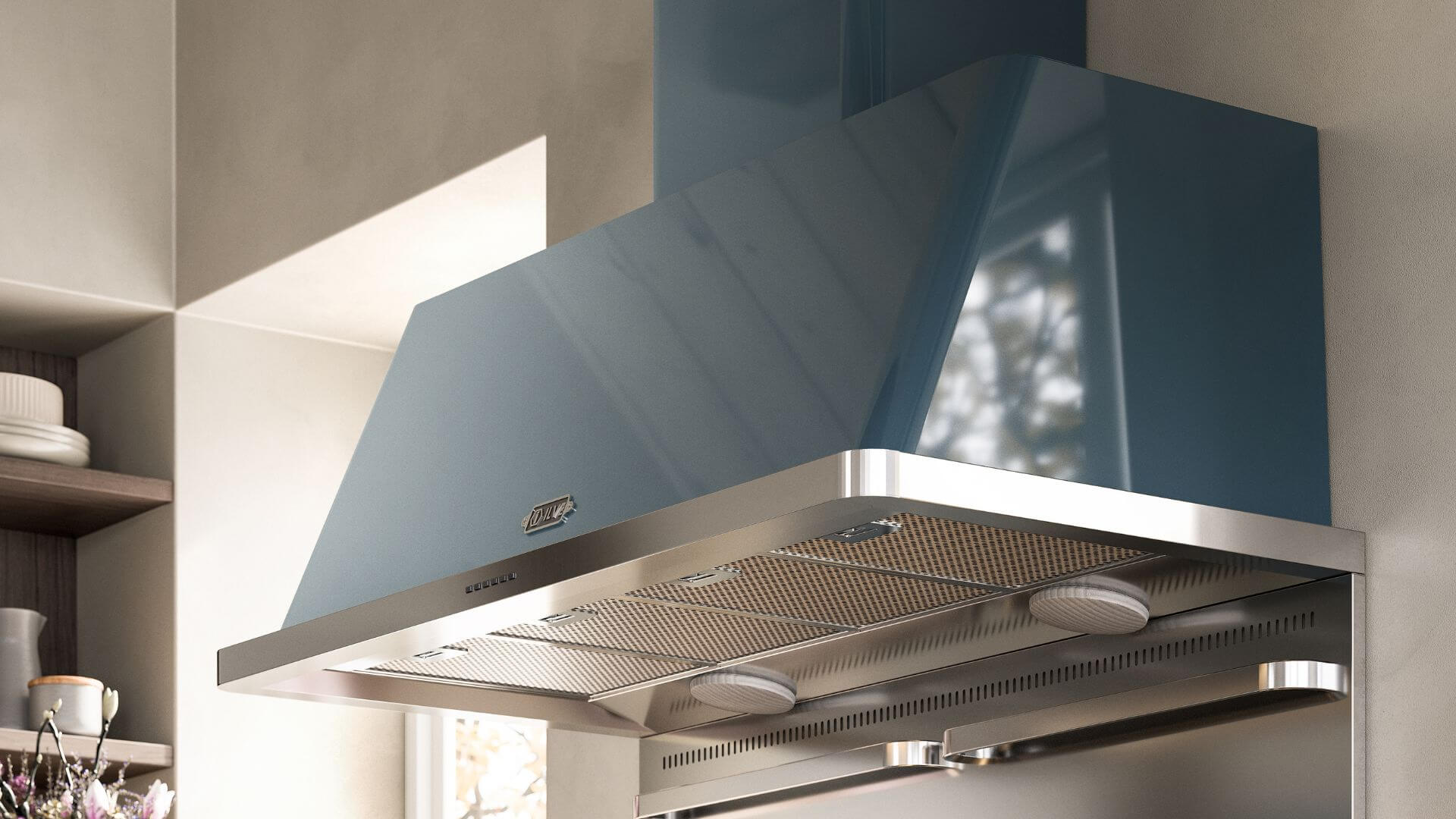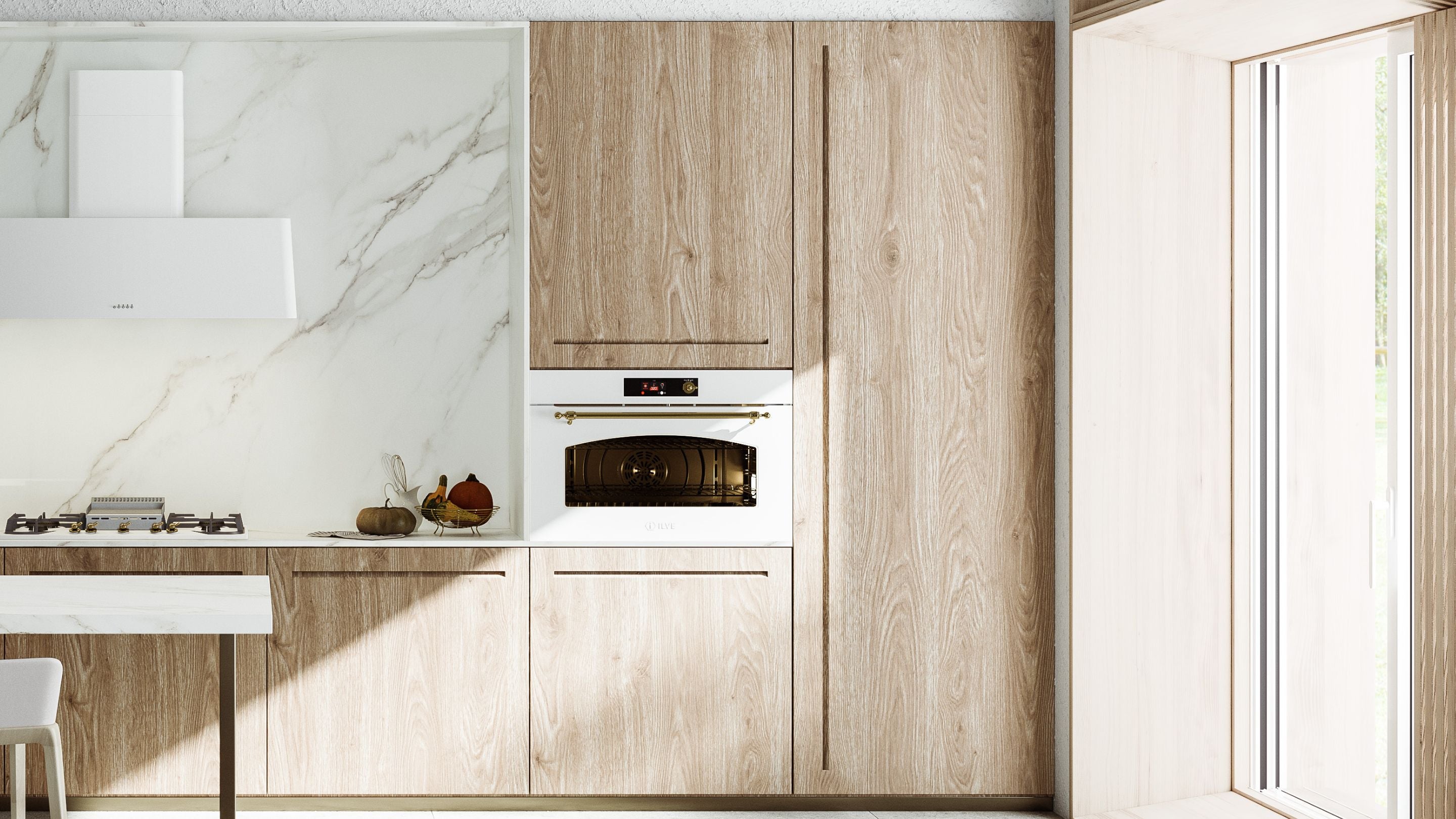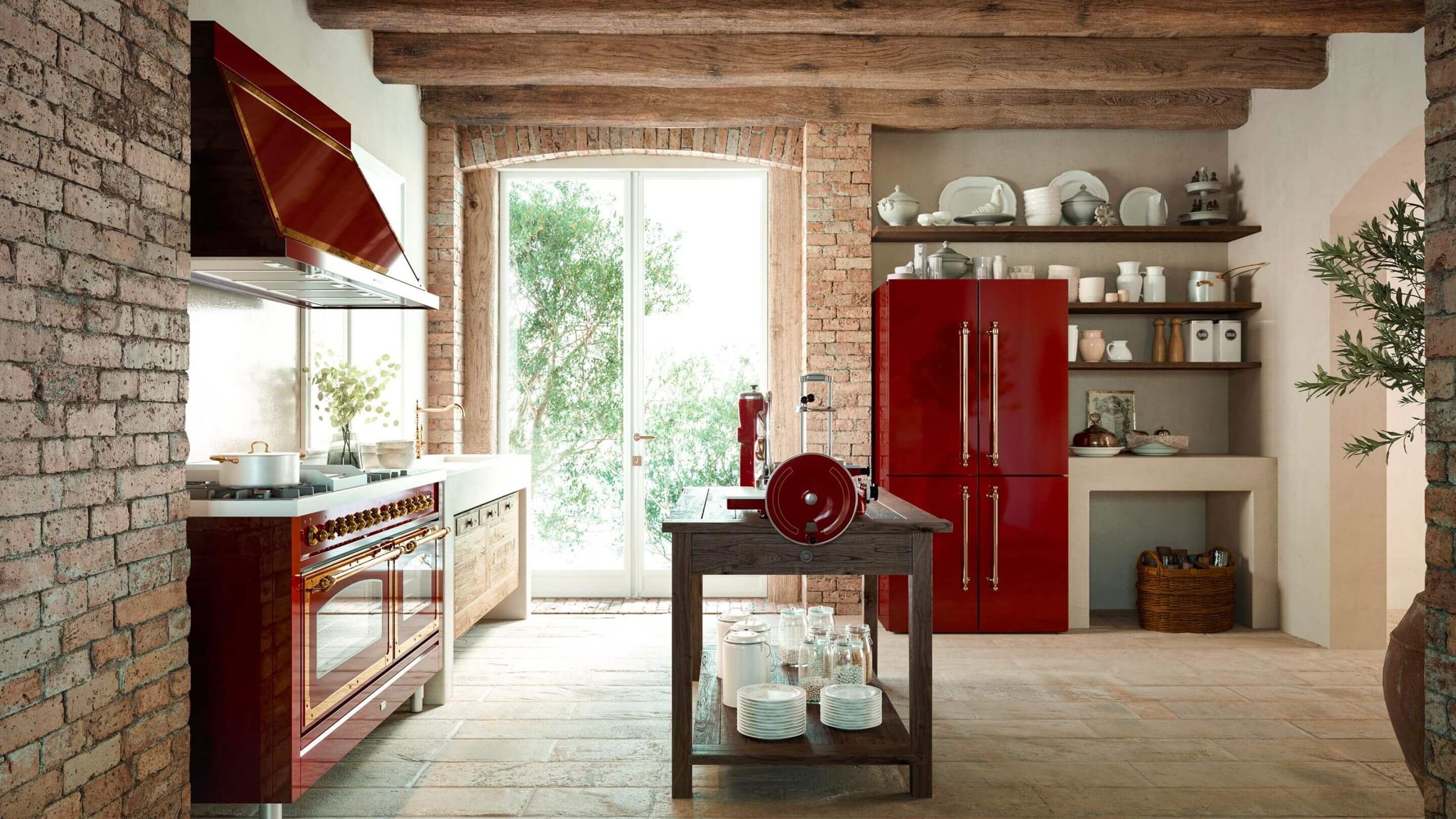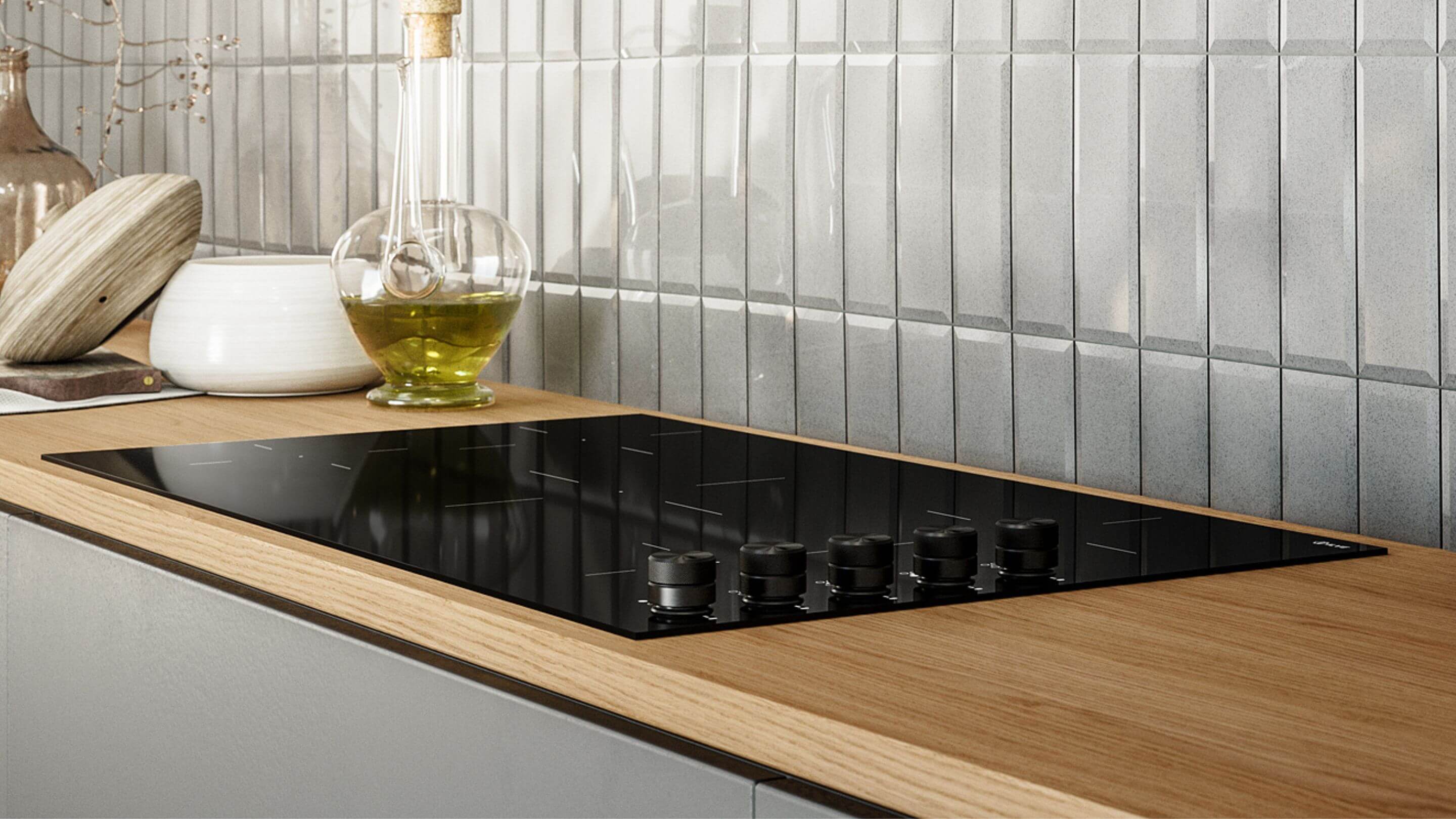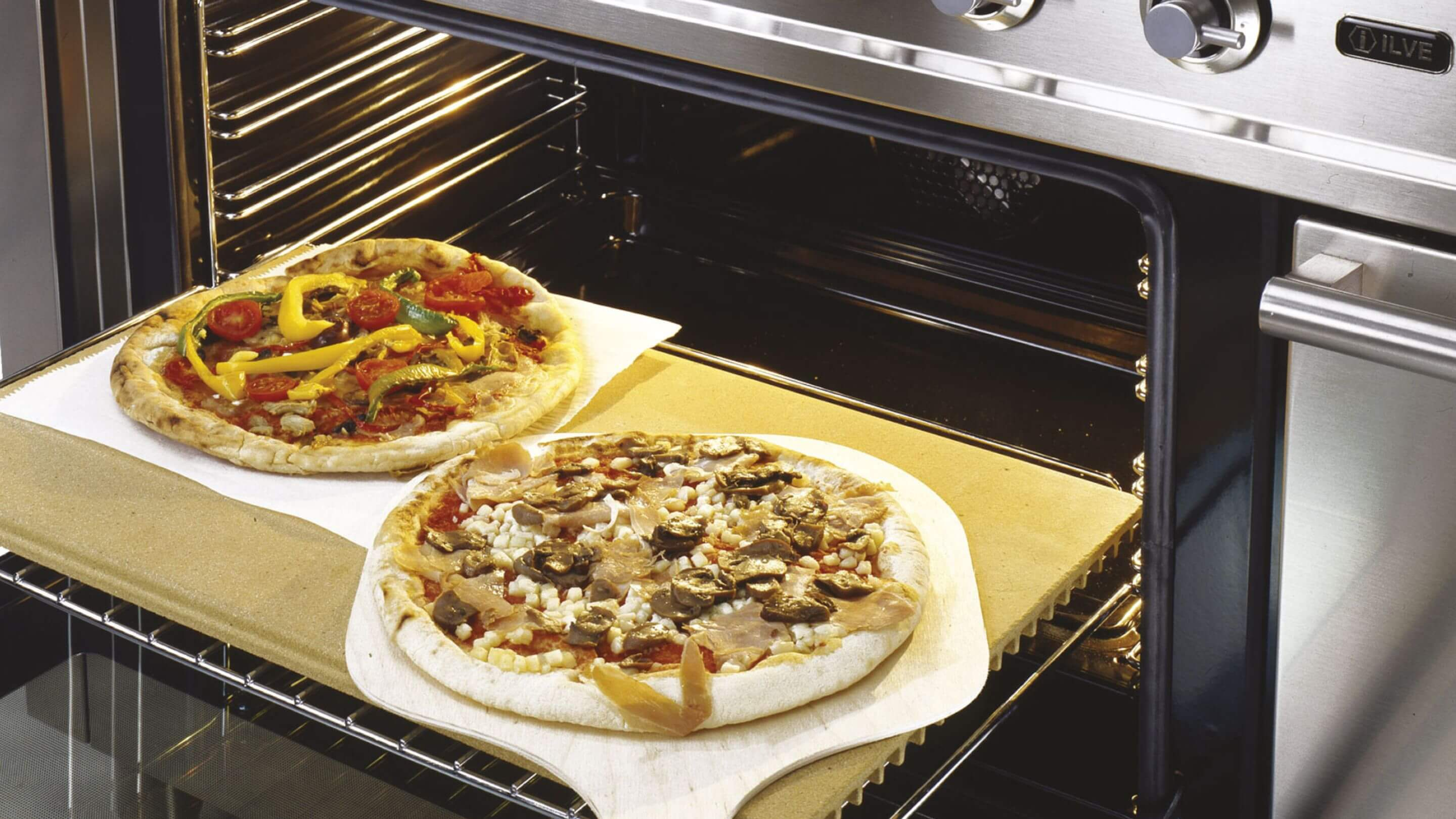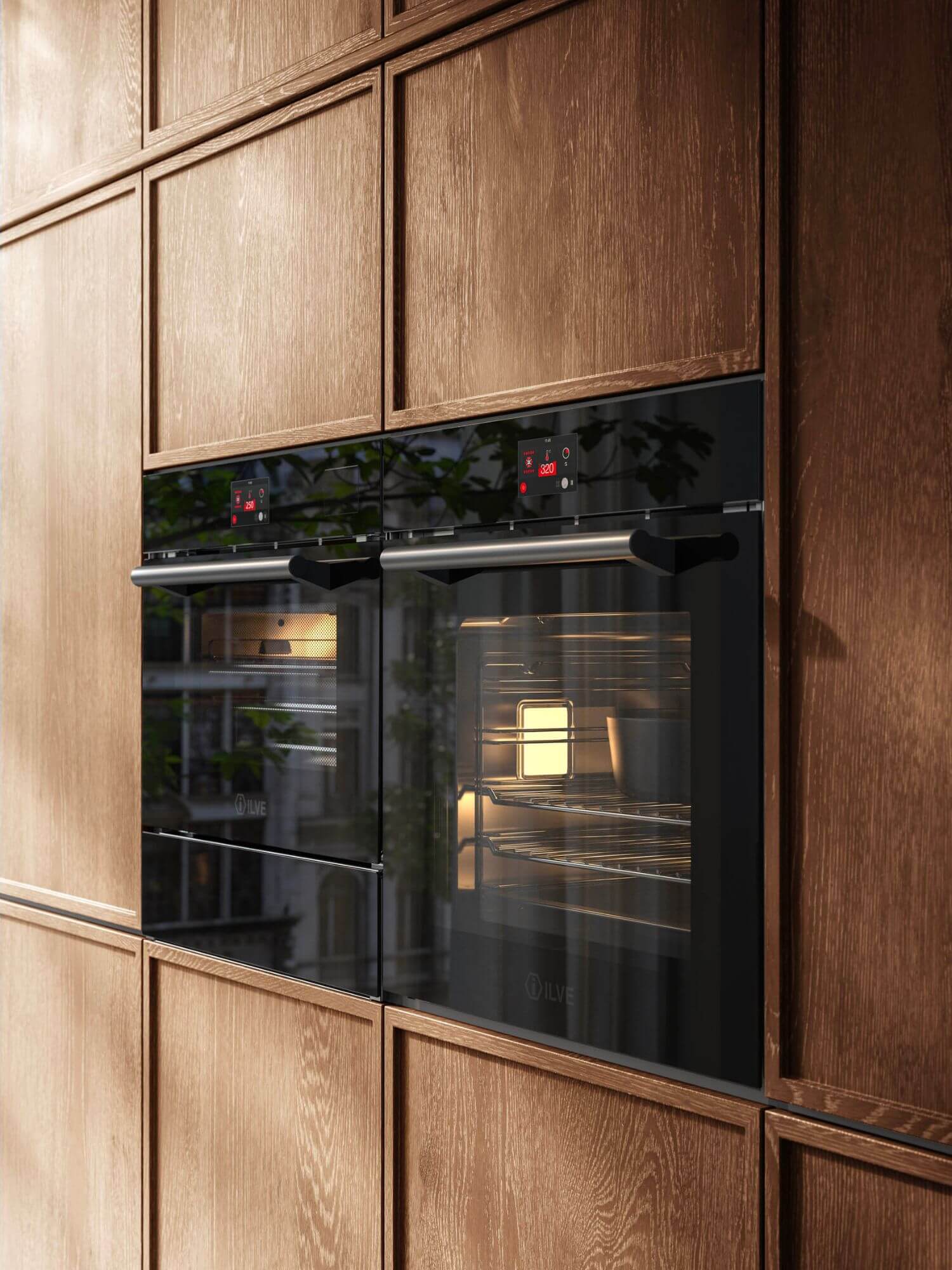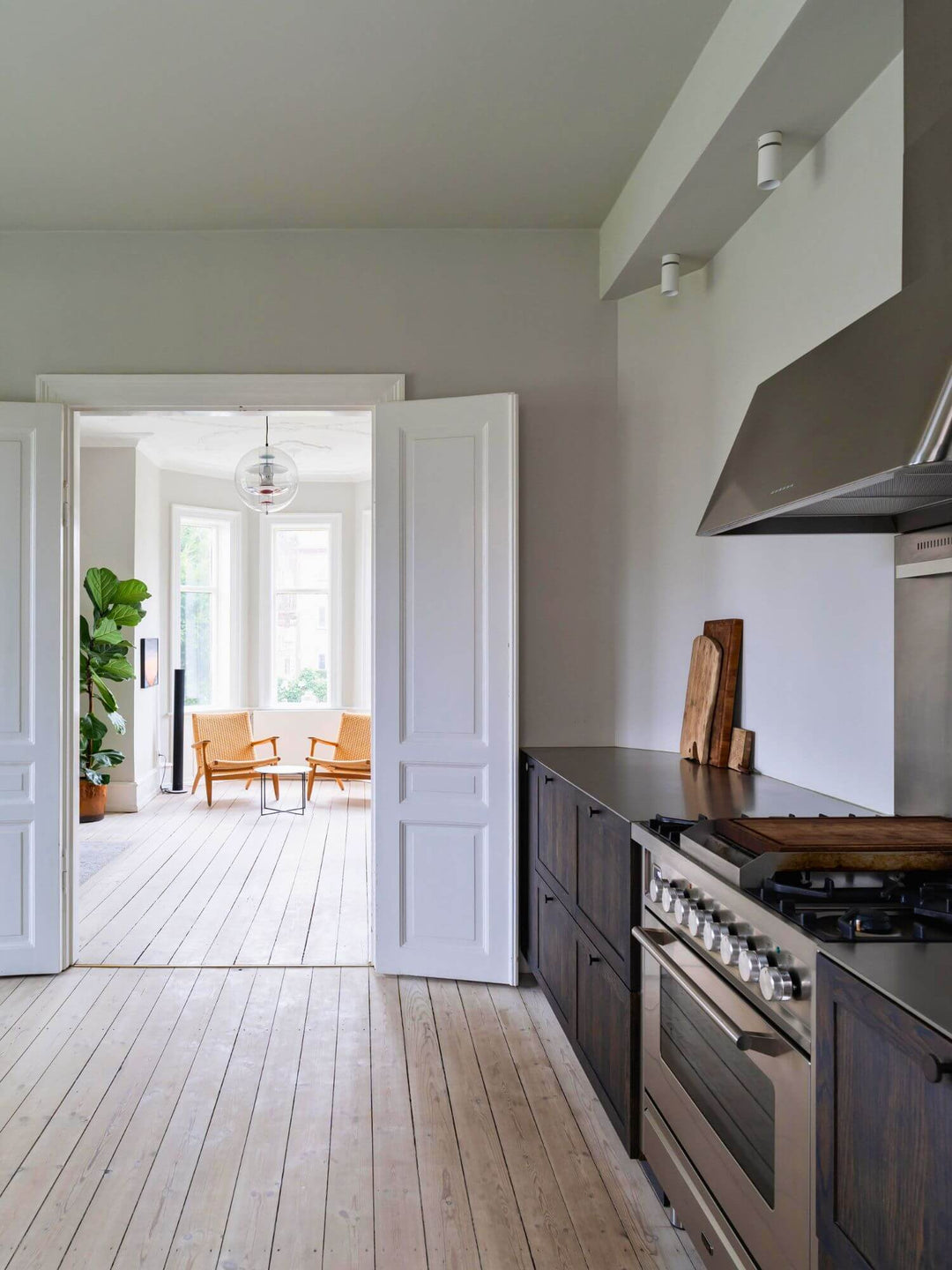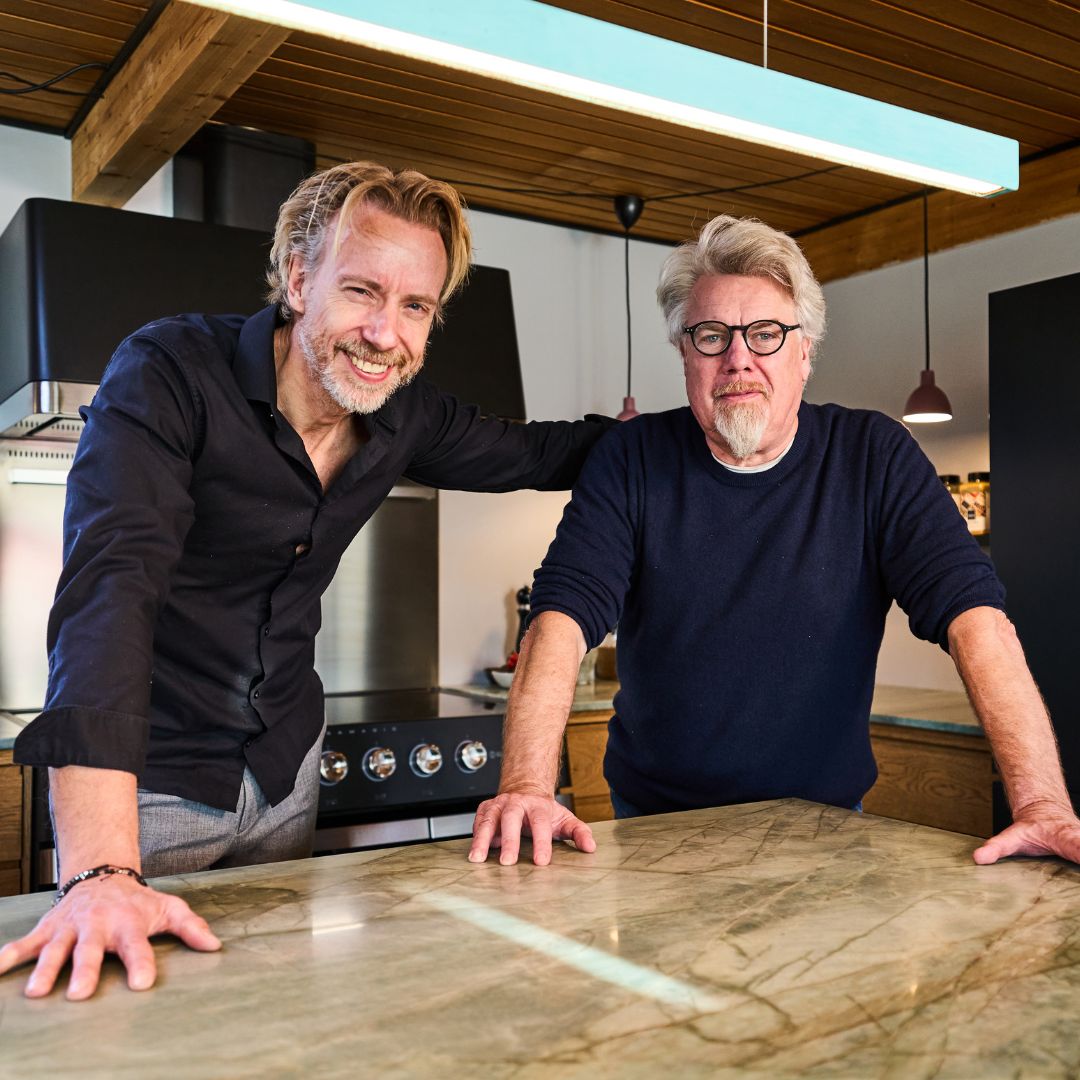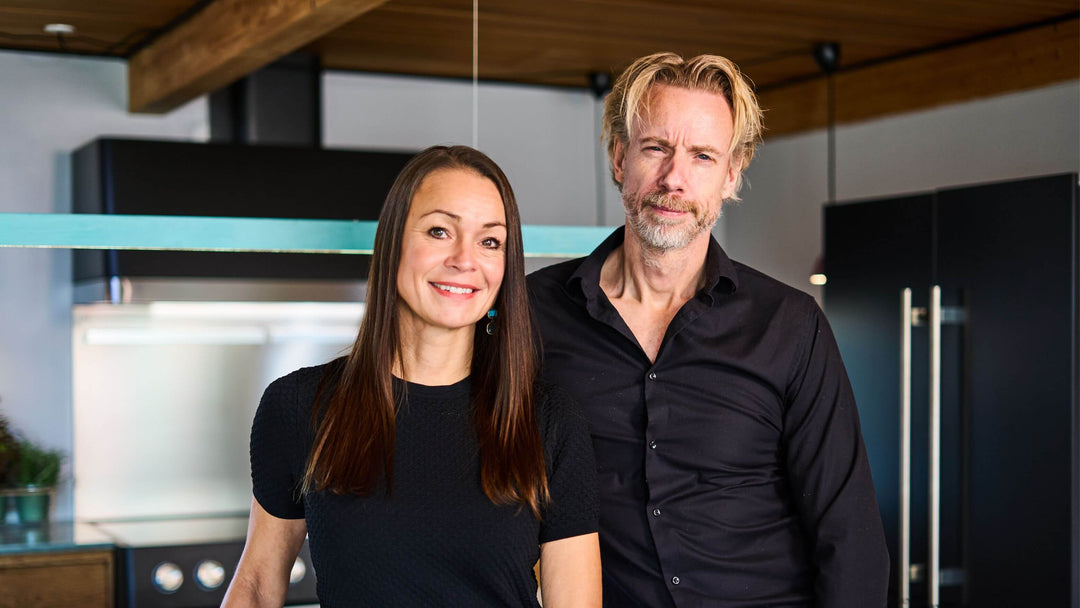Vinegar: Flavor, Creativity, and Magic
Vinegar: Experimentation, Creativity, and History
Essences, trees, scents and ongoing research for a product that is more than just a simple spice: in the vinegar cellar with Ruth and Andrea.
Vinegar has a strong personality that leaves its mark. It lingers in the mouth, stimulates salivation and highlights the sour or sweet and aromatic tendency of a dish. It stays in our body, thanks to its recognized disinfectant, beneficial and medicinal properties.
A fascinating history that goes back to the dawn of time, for a product that is almost always on our table and in our preparations: from balsamic to wine, apple or honey-based, vinegar is one of the most popular condiments for adding flavor to salads, for marinating, preserving vegetables (who doesn't have a jar of pickled something in their kitchen?), for tenderizing meat, transforming a dessert.
The different types appeal to different taste buds and explore the potential of a product that enjoys great success thanks to the great desire for experimentation and curiosity that characterizes modern cooking.
The use of vinegar, especially in its most aromatic varieties, can become a game, as Andrea suggests: an element that promotes creativity, enriches with aroma and flavor, and helps redesign the taste of each dish.
Bonfigliol Vinegar Cellar: How perfect alchemy is created

Giuliano works with wood, he restores it, he teaches people how to treat it in the best possible way. He is not a wine specialist or a vinegar enthusiast, but his destiny and especially his curiosity made him fall in love with balsamic vinegar and its tradition.
Fifteen years ago he discovered its magic, and has been studying, experimenting and creating ever since.
The vinegar cellar can be compared to an alchemist's laboratory: producing vinegar requires long, complex and elaborate processes. It requires excellent knowledge of chemical processes, great patience and precision.
In his vinegar cellar, Giuliano produces aged wine vinegar and balsamic vinegar in the Modenese style, but only with local grape varieties such as Raboso, Merlot, Cabernet, Glera, Pinot Bianco.
To produce balsamic vinegar, he starts with fresh must (which has not been pressed too much to get more product), which is boiled for a long time to achieve a high enough sugar concentration to start alcoholic and acetic fermentation. In the spring, the vinegar is stored in barrels of gradually smaller sizes for aging.
He uses fresh and always controlled must for wine vinegar, which he does not bring to full fermentation, but adds mature vinegar from the previous year, once it has reached the right sugar content, to start the vinegar fermentation. The vinegar was aged in steel tanks and then transferred to barrels.
He believes in long fermentation times, as they taught him, to give his products greater fragrance: that is why he does not use “vinegar starter” which can develop during the vinegar fermentation process, instead he removes it to avoid it producing unpleasant odors that distort the product.

From wood to pumpkin, a creative workshop of taste, scent and aroma

With his vast knowledge of wood, Giuliano has fun experimenting with the use of different varieties that are not traditionally used, closely studying the result and behavior of the finished product.
For white wine vinegar he uses light wood types such as ash, acacia and laurel, for red wine vinegar he uses chestnut, oak, cherry, mulberry, ash, plum and other types to achieve special, new, “unusual” flavors.
When the wood gives off flavors that are too strong, they are used for small additions and top-ups, as in the case of vinegars aged in juniper.
Porosity is also a fundamental element: in fact, these types of wood are placed in a special order because the vinegar needs air to develop the greatest degree of acidity, and this is achieved in barrels that are often in a central position in the battery.
Giuliano's experimentation also continues with regard to containers.
In addition to the classic wooden barrels, he has chosen to use amphorae, which have been used for wine since Roman times, in a battery, like the barrels, and covered with chestnut leaves.
Never tired of exploring new possibilities, he has decided to use pumpkins as containers to store and refine a special type of very spicy balsamic vinegar, taking advantage of the fruit's soft flavor.
From garden to table, listening to nature

Creativity and passion are the engines of creativity, respect and listening to nature are the pillars of quality. Giuliano creates his essences from his own crops and his garden. Following his intuition, he ferments rose petals in raboso to give softness to a wine that would otherwise be harsh, he uses oranges and orange blossoms to add freshness and, because he loves citrus fruits, he chooses to use radicchio to create a vinegar with an intense flavor of peat, forest floor and mushrooms.
Like Ruth and Andrea, Giuliano follows the cycles of nature and appreciates the seasonal products, exploiting their potential for his production: unique to his vinegars is this characteristic, in addition to his patient and meticulous work.

